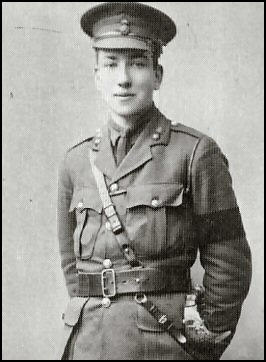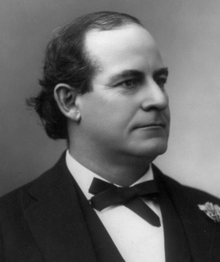Invisible Killers Terrorize Allied Troops;
Stories of Female Snipers Improbable but Persistent
Special to The Great War Project
(7-9 June) The Turks introduce a new tactic into the butchery on the Gallipoli Peninsula – sniping.
It may be difficult to believe a century later, but according to historian Eugene Rogan…
…“at first the Allied troops were terrified by these invisible killers.”
The Ottoman marksmen paint their faces green and hide in difficult terrain that they know far better than the invading Allied troops: “Content to lie there and pick off the infidels.” This from the account of the fighting on Gallipoli by the writer A.P. Herbert.
“Snipers had a terrible impact on the invaders’ morale,” reports historian Rogan.
Adds Herbert, “nothing in [the British soldiers’ training] had prepared them for it. They hated the ‘blinded’ feeling it produced; it was demoralizing always to be wondering if one’s head was low enough, always to walk with a stoop. It was tiring to be always taking care; and it was very dangerous to relax that care for a moment.”
Of course, in time the Allies learn to train snipers of their own.
The Allied forces on Gallipoli come to believe that the Ottoman forces employ women as snipers. This is a controversial claim.
“There is no record of women serving with the Ottoman army in the First World War,” reports historian Rogan. “And in view of the segregation of the sexes in Ottoman society, it seems incongruous to say the least. But there are so many claims by Allied troops of their encounters with female snipers that it is a possibility that is difficult to ignore.
Another strategic innovation, introduced by the Germans, appears around this time a century ago: the first attempt to coordinate a naval and air attack on Britain. On June 6th, “three Zeppelins set off that night from their sheds in German-occupied Belgium,” reports historian Martin Gilbert. “One in technical difficulties landed almost as soon as it took off. Two others crossed the North Sea, but were forced by fog to turn back.”
A British warplane attacks the Zeppelins. It drops bombs on the airships. One bomb explodes and destroys the Zeppelin. It falls on a convent near the Belgium city of Ghent. ‘Two young nuns, a child, and a man trying to save the child lost their lives,” according to Gilbert.
The deadlock on the Western Front remains static. The British launch no offensive in these days of June, 1915. But the fighting is still treacherous.
Robert Graves, a nineteen-year-old soldier, writes home describing the dangers of the daily shelling and sniping. Reports historian Gilbert, on June 8th a century ago, “seventeen of the men in his battalion were killed or wounded by German bombs and grenades. The German frontline trench was only, on average, thirty yards away from where Graves was.”
The next day, Graves watches as a soldier dies, his brains splatter on the cap he wore.
“I had never seen human brains before,” writes Graves. “One can disregard a dead man, but [no one can] “make a joke over a man who takes three hours to die after the top part of his head has been taken off by a bullet fired at twenty yards range.”
In one other significant development, on June 19, 1915 the American Secretary of State, William Jennings Bryan, resigns.
Bryan is critical of the neutrality policy that President Wilson pursues, especially after the sinking of the Lusitania by a German submarine. Bryan believes that allowing American companies to sell weapons to Britain or permitting banks to lend money to the British and the French is not true neutrality.
But that is the stance that Wilson takes.




